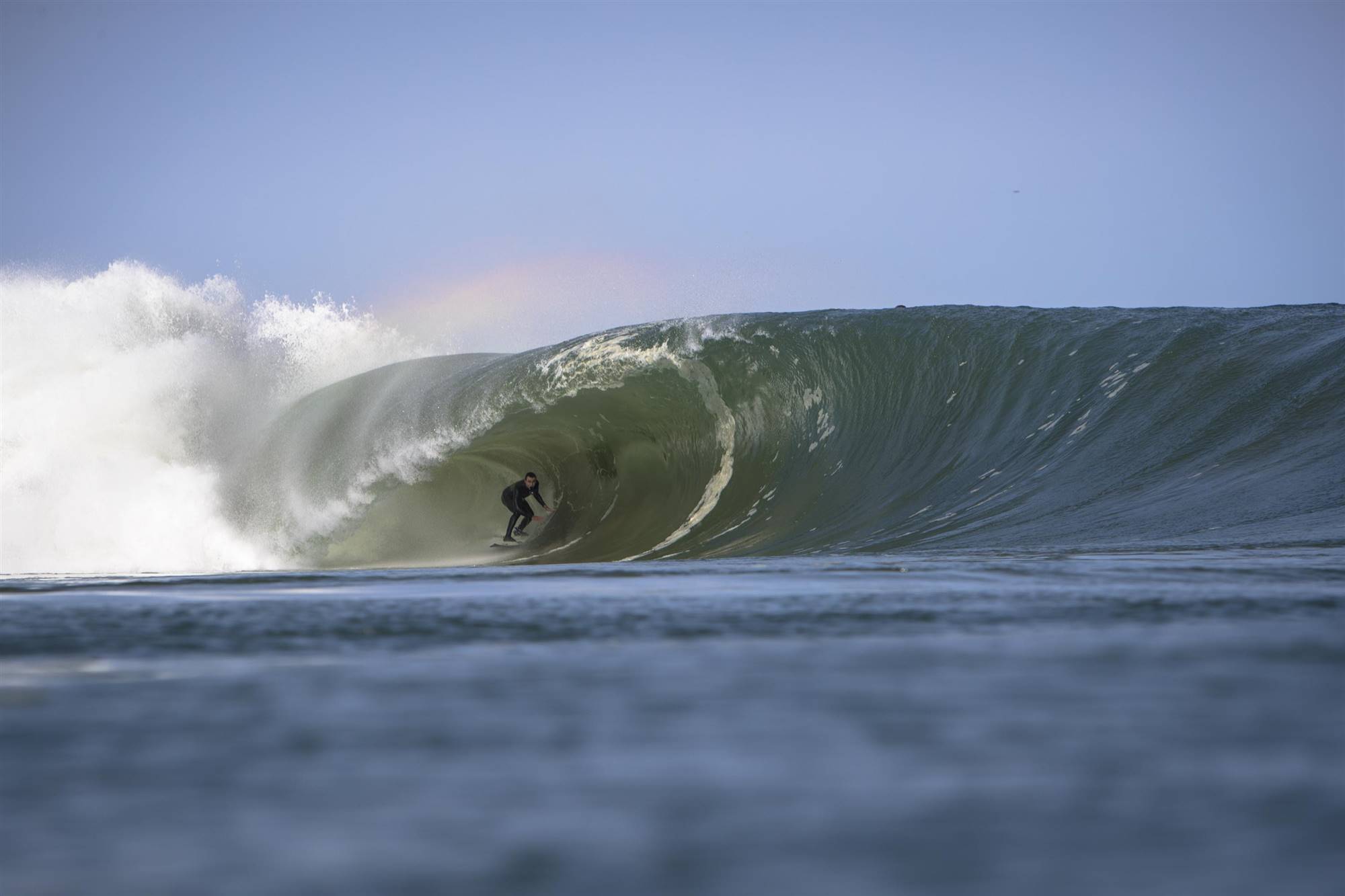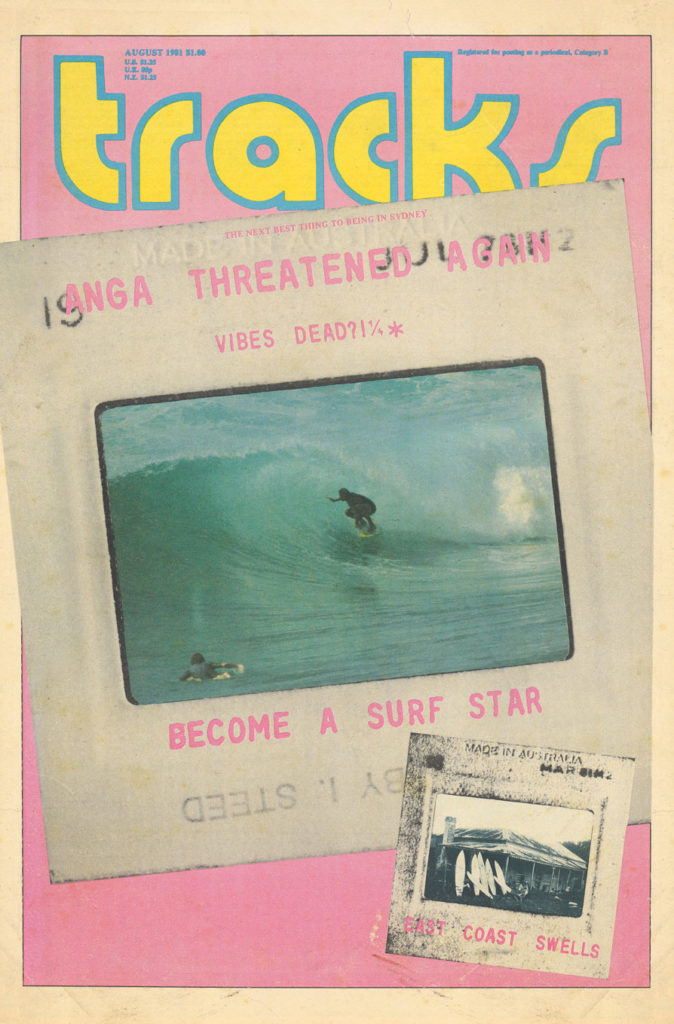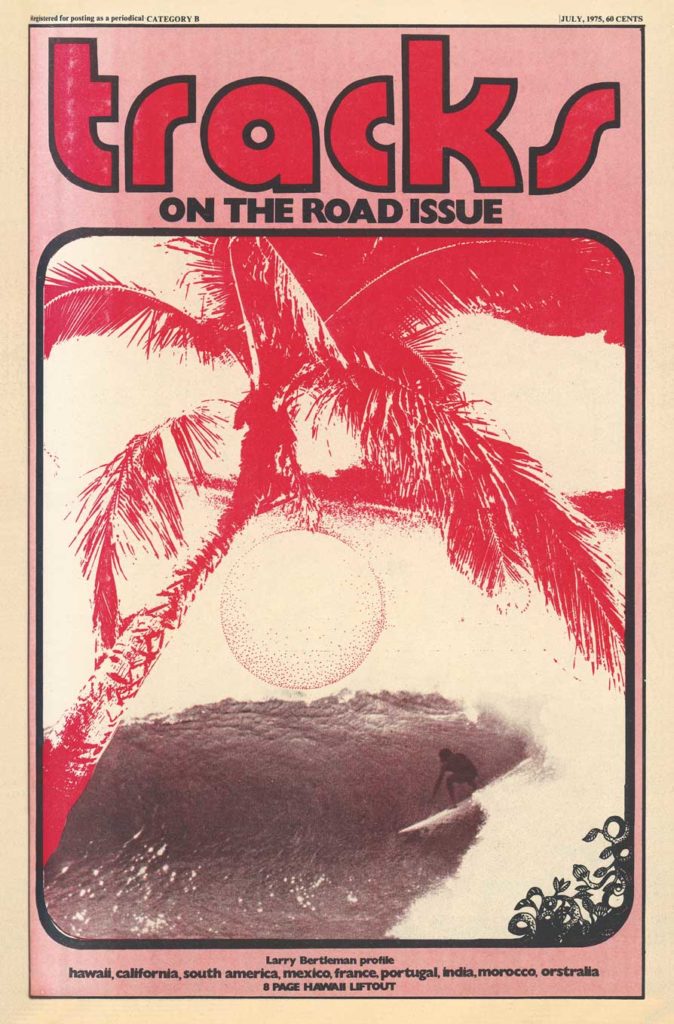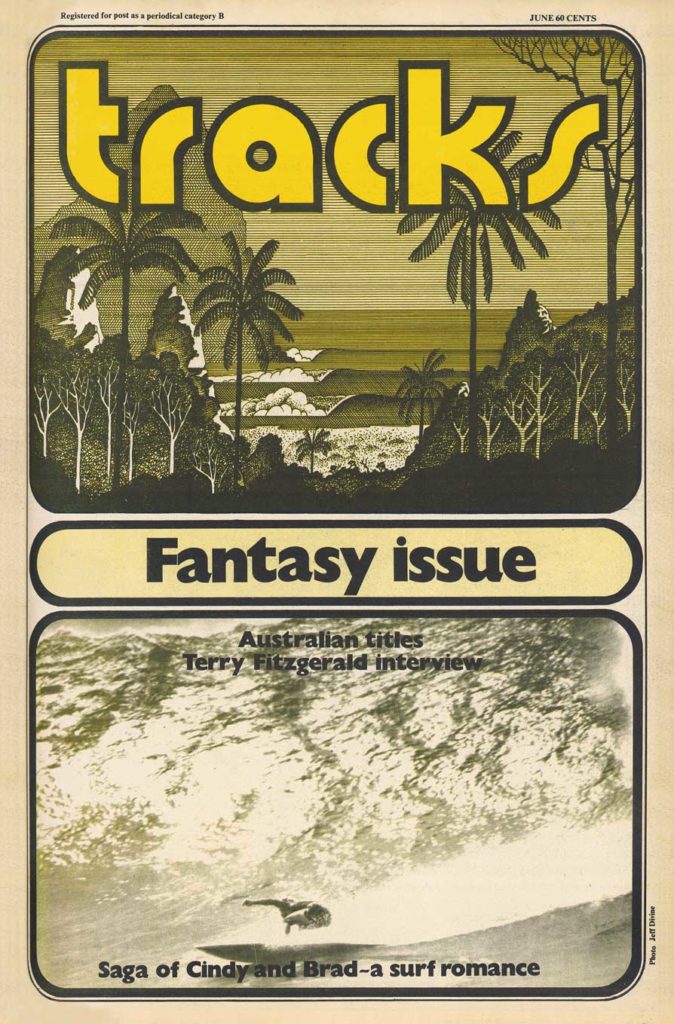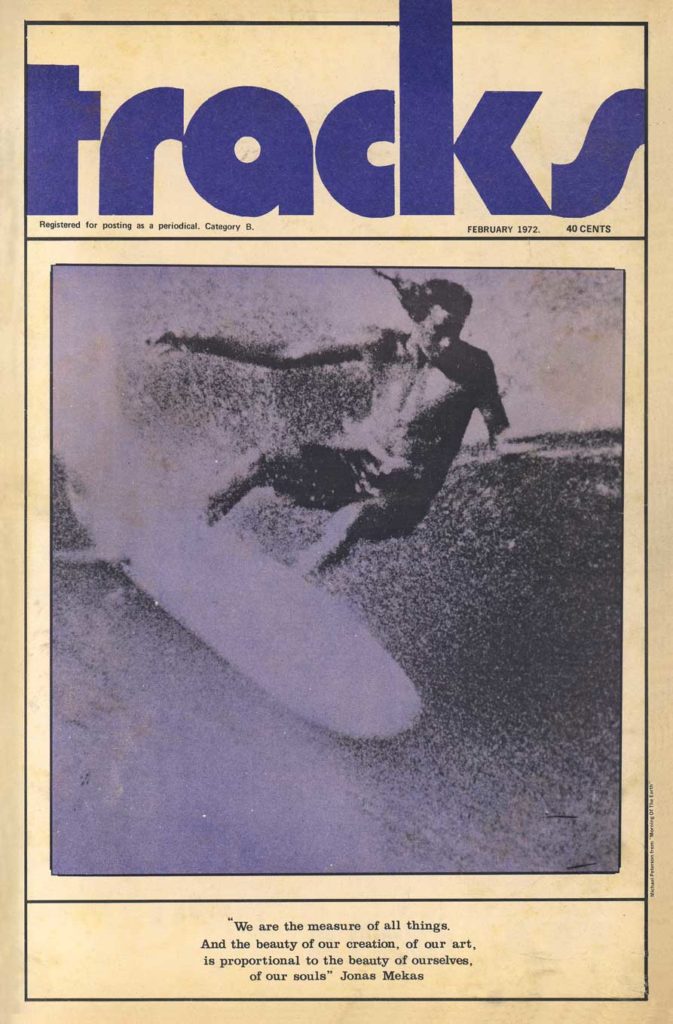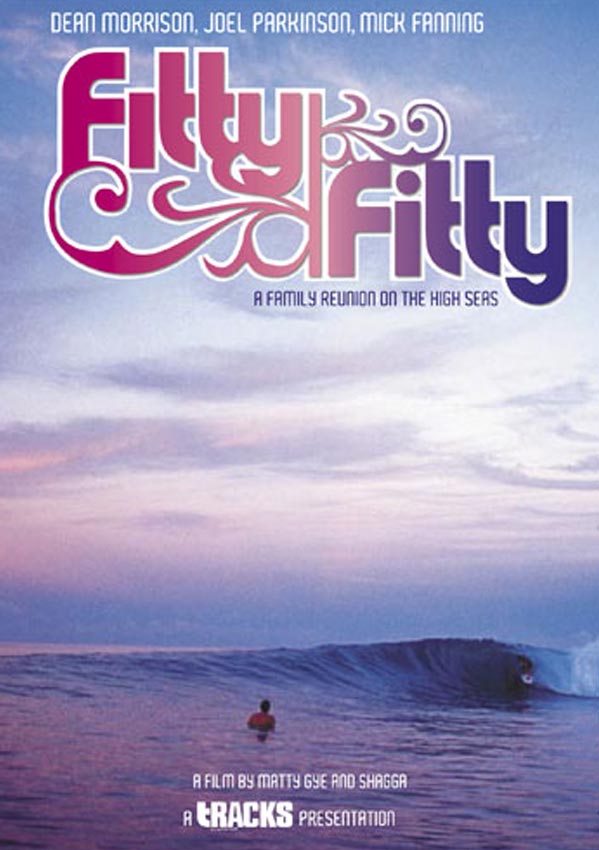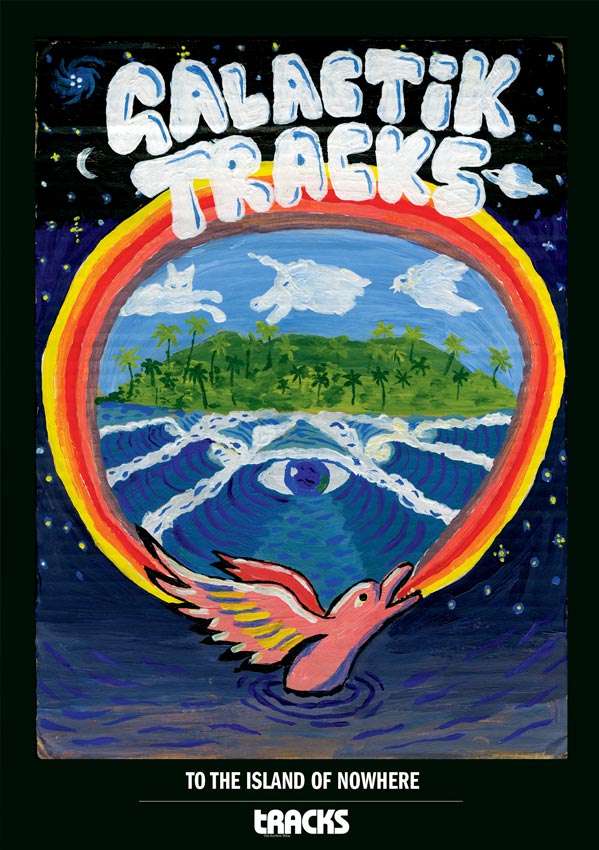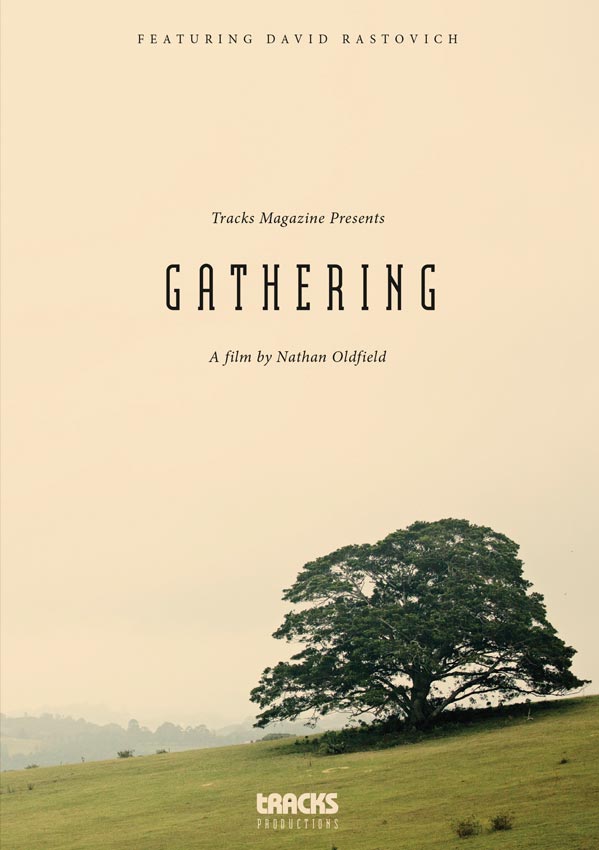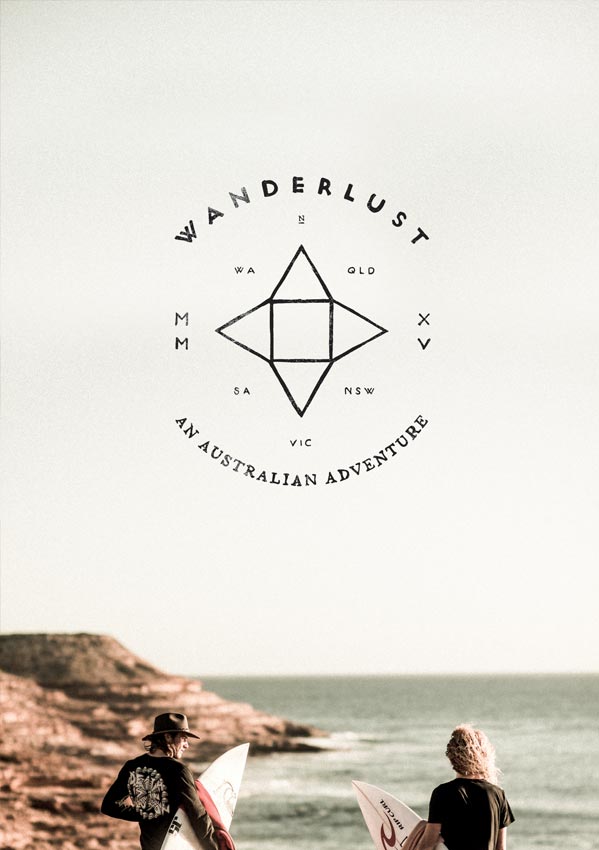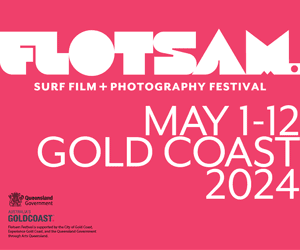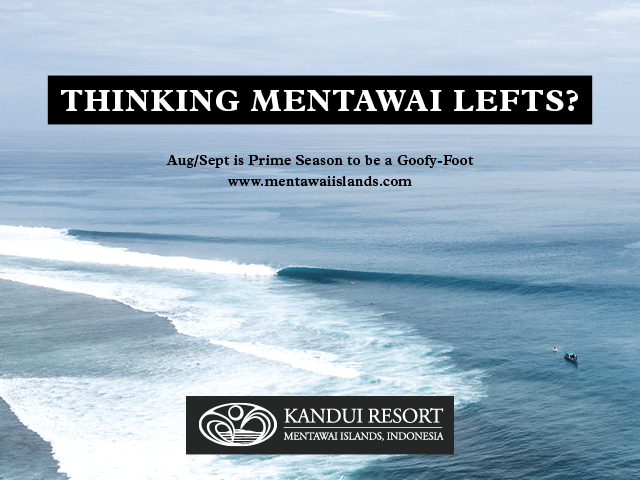Overview from the filmmakers
Since it was unveiled in 2008, Skelton Bay has become part of our everyday lexicon, a synonym for never-ending sand-bottomed tubes. But unlike Pipeline, G-Land, or [insert your preferred iconic world-class wave here], the two-kilometer-long left on the edge of the Namib Desert is in a constant state of flux. If satellite imagery is anything to go by, the wave we know today didn’t even exist 30 years ago.
Mirage is a 15-minute doccie that traces the genesis of the Namibian sandspit and how it became one of the most sought after waves on the planet, as told by pioneering locals and some of the best tube riders in the world. Check the trailer and interview below and look out for the full film tomorrow.
Interview:
Photographer, Alan Van Gysen is a Skeleton Bay veteran and also one of the film’s co-directors. Below he discusses the myths, mayhem, and marathon mindset associated with the Namibian left-hander where tube-time records are regularly set.
Can you recall your initial reaction when you saw Skeleton Bay turn on? When was that?
The first time I saw Skeleton Bay turn on was in 2009 en route to Angola. Three friends and I were driving from Cape Town to the top of Angola and back exploring all that Angola had to offer. To break up the trip we stopped in Namibia and just happened to arrive at the same time as one of those yearly epic west swells. The waves were 4-6ft and just perfect. This was less than a year after ‘Surfing’ magazine dropped its Google Earth Challenge feature.
How many waves around the world compare to it?
I’ve seen a few waves around the world that have similar shape but only for a fraction of the length of Skeleton Bay. There are a few special waves like The Superbank in Australia, The African Kirra in Mozambique, “Fanning’s” ‘Snake’ etc, but those are all warm water rights. I’ve never seen another cold water left as harsh and heavy as Skeleton Bay.
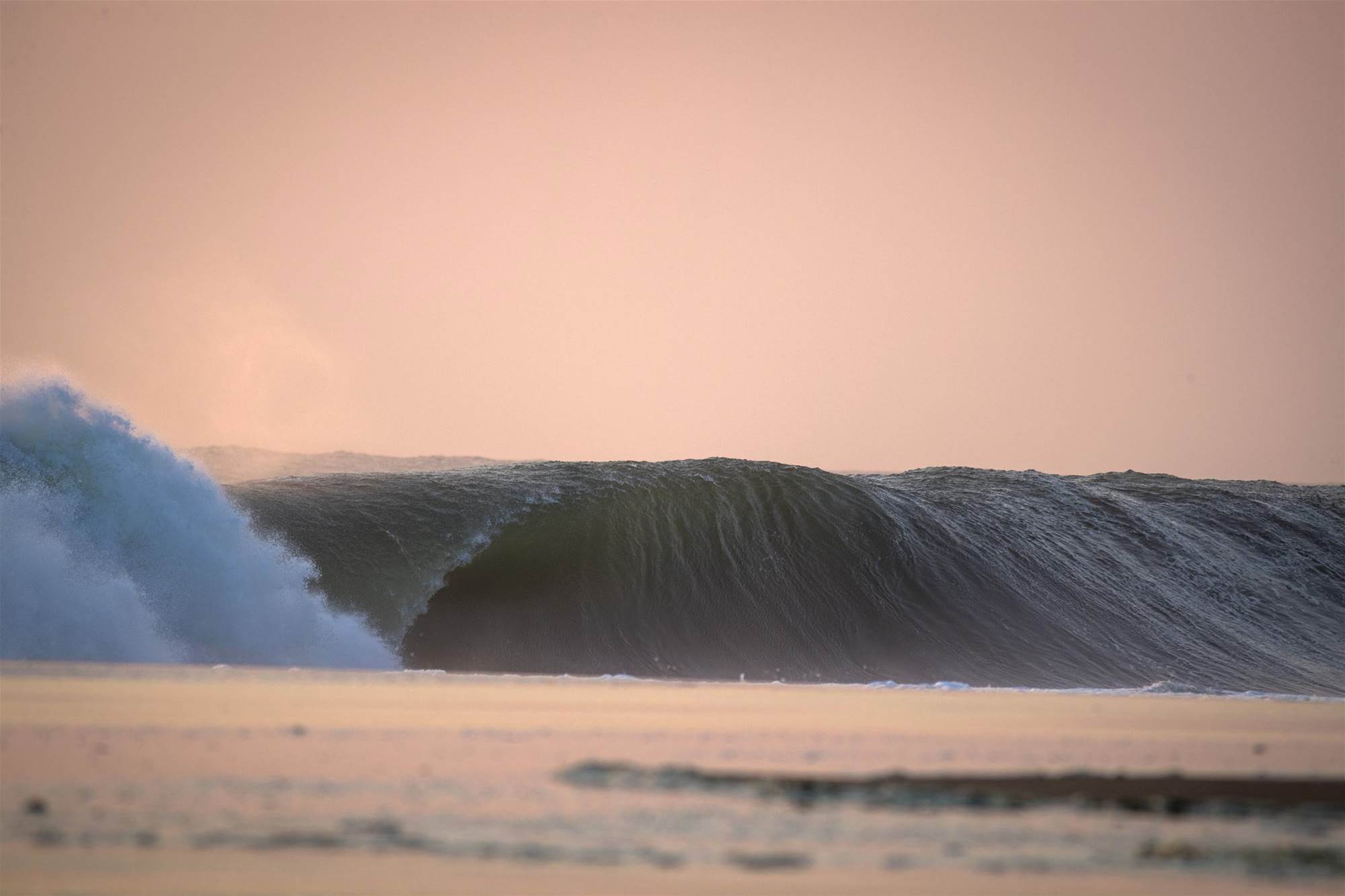
When you know it’s going to be breaking do you get twitchy? Feel the pull to jump in the car and get there? How long is the trip for you?
When the southern hemisphere autumn kicks into gear around April/May I start checking the forecast for Namibia every day, and get very twitchy when a big system shows up for Dungeons in Cape Town and tracks toward Namibia. 3-5 days out the messages start pouring in from around the world and the buzz starts. Car or plane, those that know start ditching work, family, and responsibilities to be there. The drive from Cape Town is 24-hours, but I’ve been fortunate enough to have flown there for the last few years. Flying might sound quicker, but almost every year on every major swell someone’s flight doesn’t make it and they are rerouted to Windhoek or Johannesburg due to the flog and terrible landing conditions in the desert. Then you’re left scrambling into a car anyway. It’s never straight forward getting there.
Is it a challenging wave to photograph? Some of the best waves ridden have been obscured by mist. What about swimming out there?
Skeleton Bay is probably the most challenging wave there is to photograph ever. Filming even more so. There is no point of elevation; 230 plus days of the year are fogged out till midday, the current is the strongest in the world, and it requires the utmost attention to every facet of training there is – nutrition, endurance, hydration etc. In Koa Smith’s words, “You have to train as if you’re doing a marathon.”
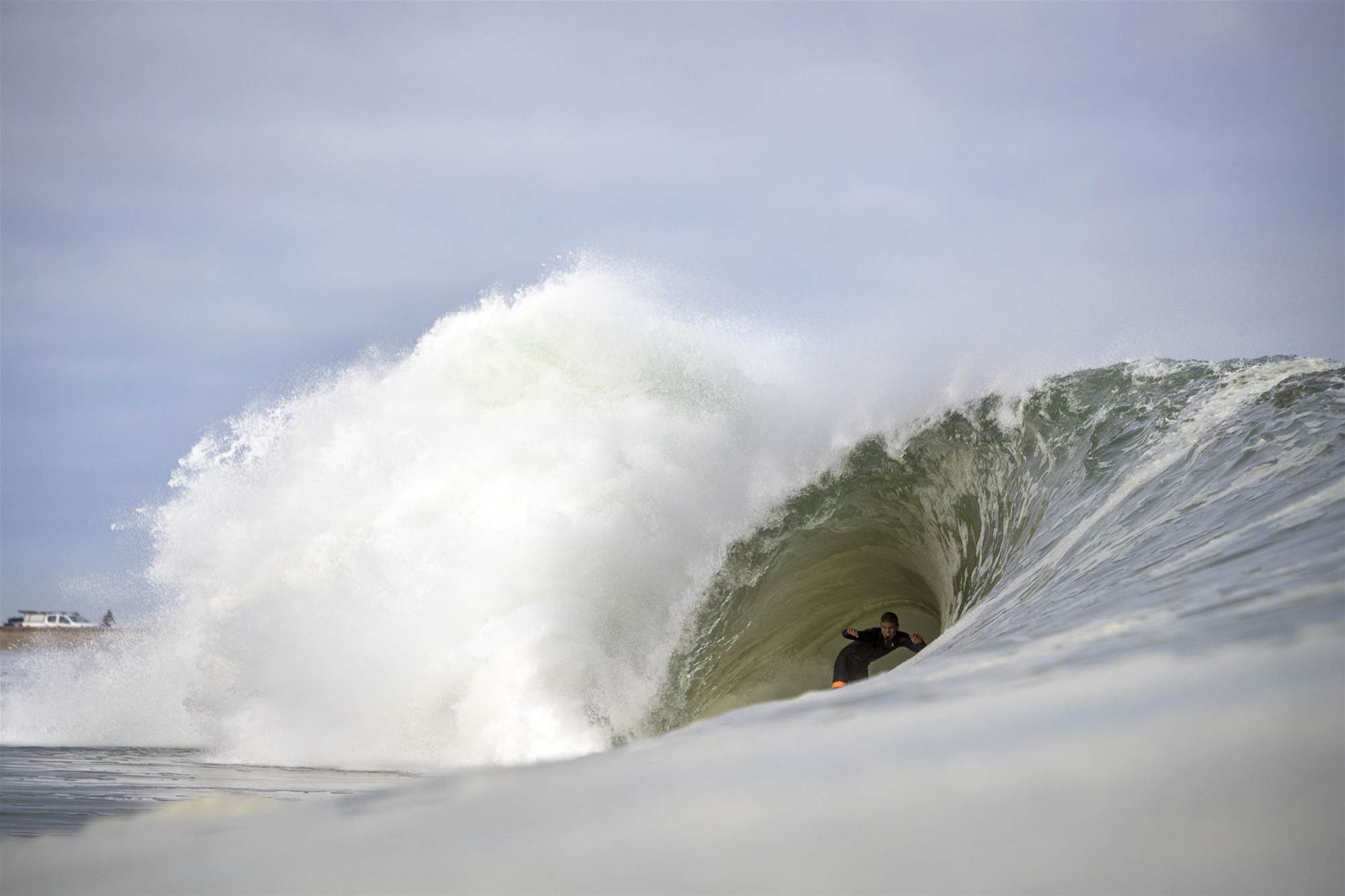
Best wave you’ve seen? By who?
The best waves I’ve ever seen surfed out at Skeleton Bay were by Craig Anderson in 2012 and Koa Smith in 2014. Top to bottom, 2km’s, and countless minutes in the barrel. Koa won GoPro of the Year award that wave.
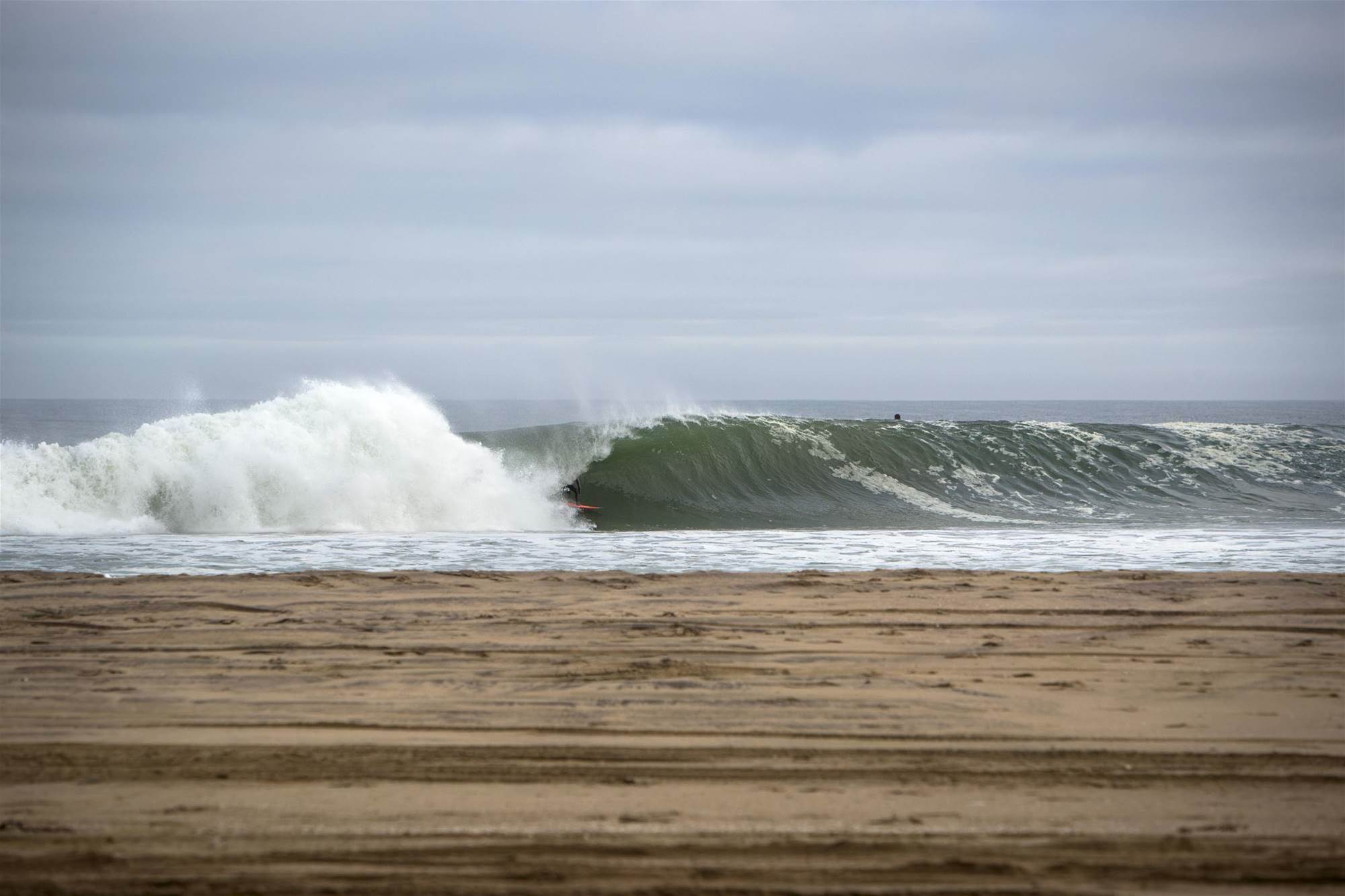
Have you tried surfing it? Hard to watch as a surfer and not get out there?
I have surfed it a few times, but I’m far more effective behind the lens. I grew up at a shallow, slabby left, and I’m fairly proficient at my backhand tube-riding, but even so, it’s not easy. The best I ever had was a grower late one evening at the very bottom of the point with no one around. I somehow made the drop, pulled in and just went and went until the closeout end-section swallowed me whole and washed me up the beach dizzy and covered with Namib sand.
Do you feel that you may literally be documenting a mirage? Something that is here now but maybe gone tomorrow?
My personal belief is that Skeleton Bay is the product of the perfect climatic conditions that are cyclical. There are cycles within cycles. We may be in a 30-year cycle where the spit is aligned and whole, but who knows. 30 years ago, it didn’t exist as far as satellite footage shows. We’ll see.
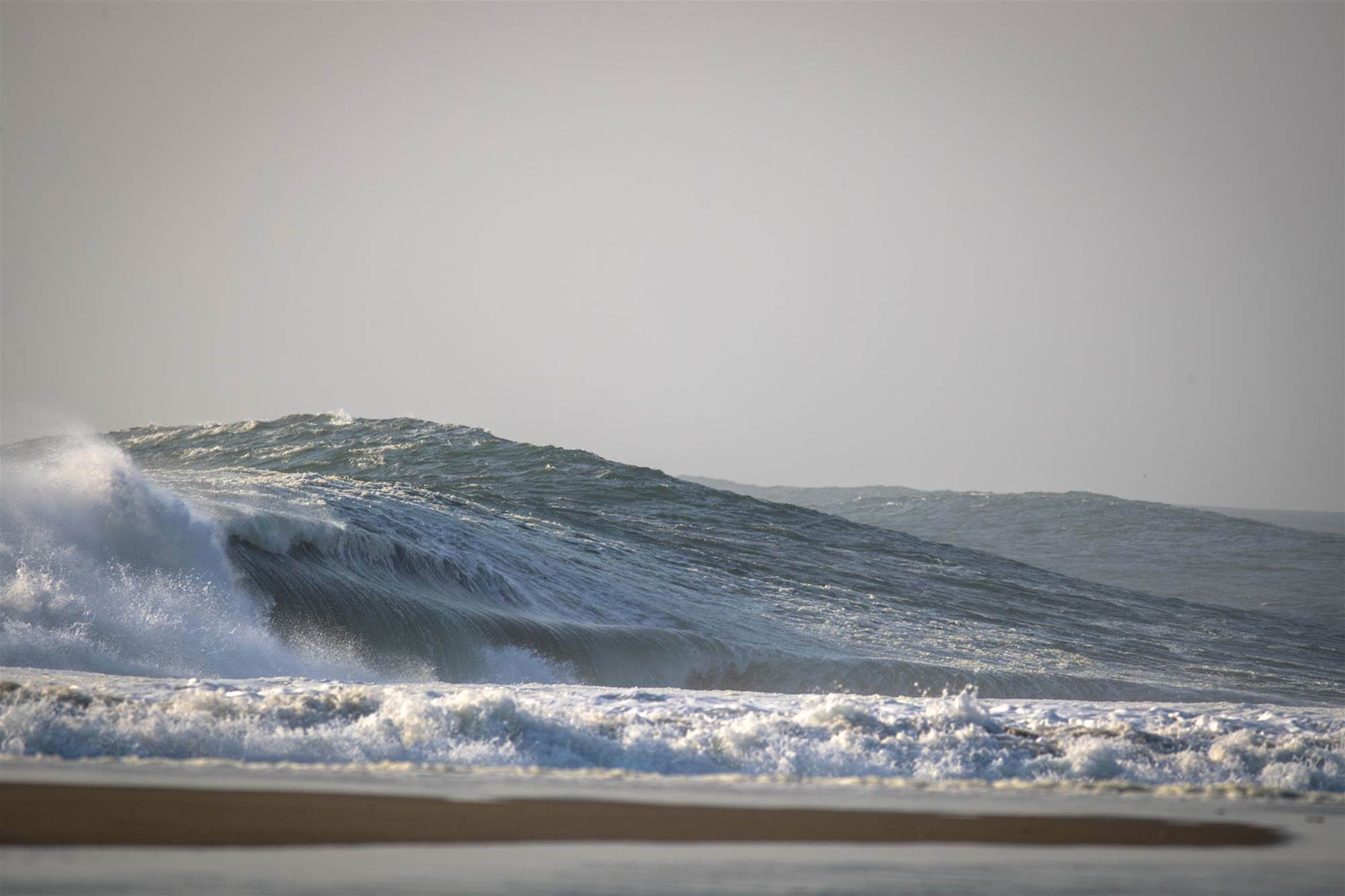
People will always try to make the pilgrimage. What are some of the key factors to be wary of? E.G Exhaustion, Board snaps, sharks, take-offs, jackals? Hold Downs? The walk back?
For those who don’t live in Africa or Europe, just getting to Namibia is a hurdle to overcome. Connect with someone in the know, and get the “heads-up” seven days out and start the journey. Once there, I think fitness, hydration, patience, good boards, take-offs and the walk back are some of the major issues to know and focus on. Pace yourself. I’ve seen people sprinting up the point and going all in in the first hour only to see them later shattered and unable to surf. Conserve energy and slow down. Take it all in. It’s like nothing you’ll ever see or experience.
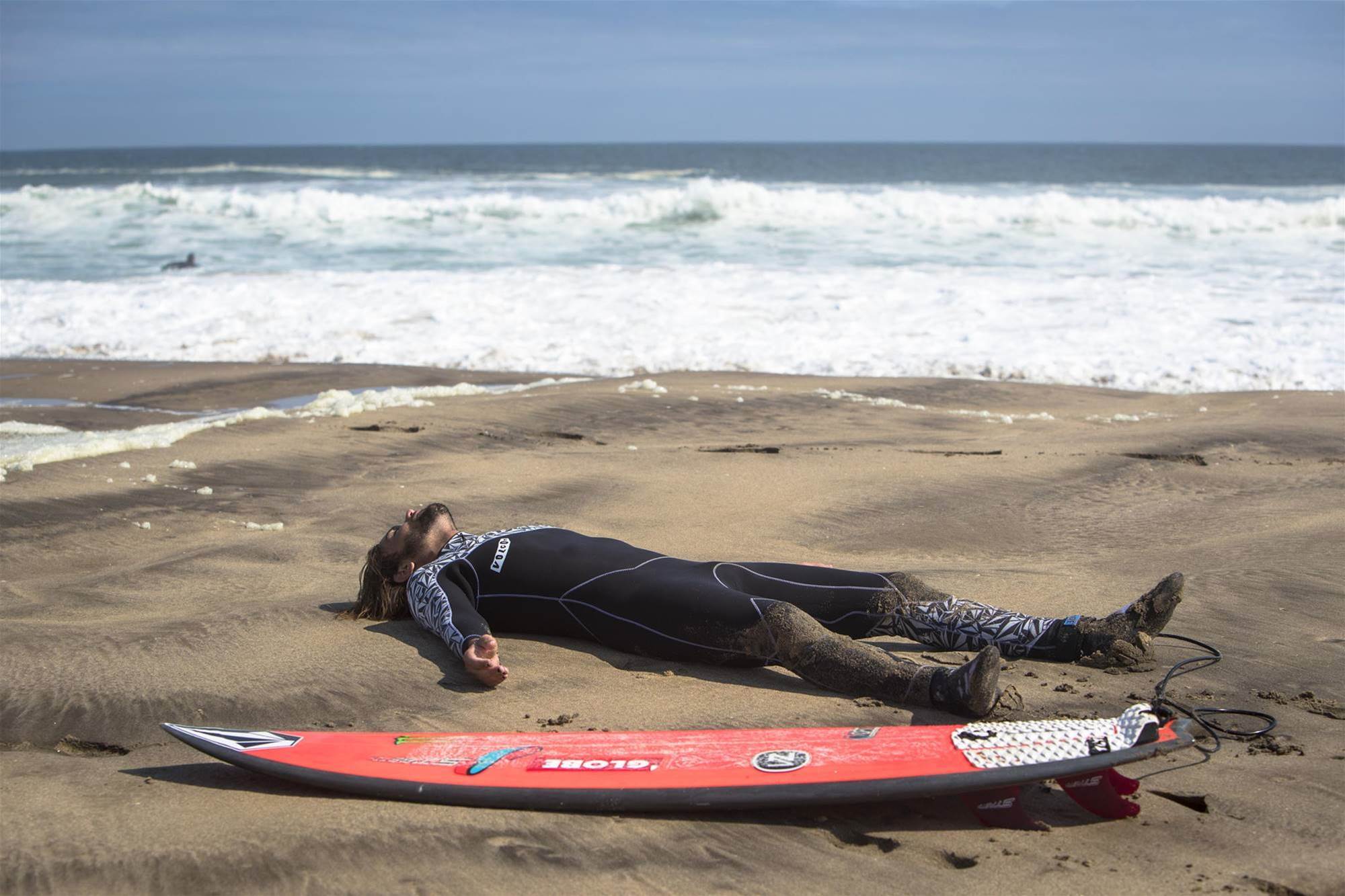
I’ve heard that Leo Di Caprio travelled to Walvis Bay, the nearest town to Skeleton, to work on his accent for Blood Diamond. Is that true?
As far as I am aware yes. Many other great actors have worked in Walvis Bay for massive movies. Charlize Theron for Mad Max, Brad Pitt for Troy etc etc. Namibia relies almost solely on tourism to survive.
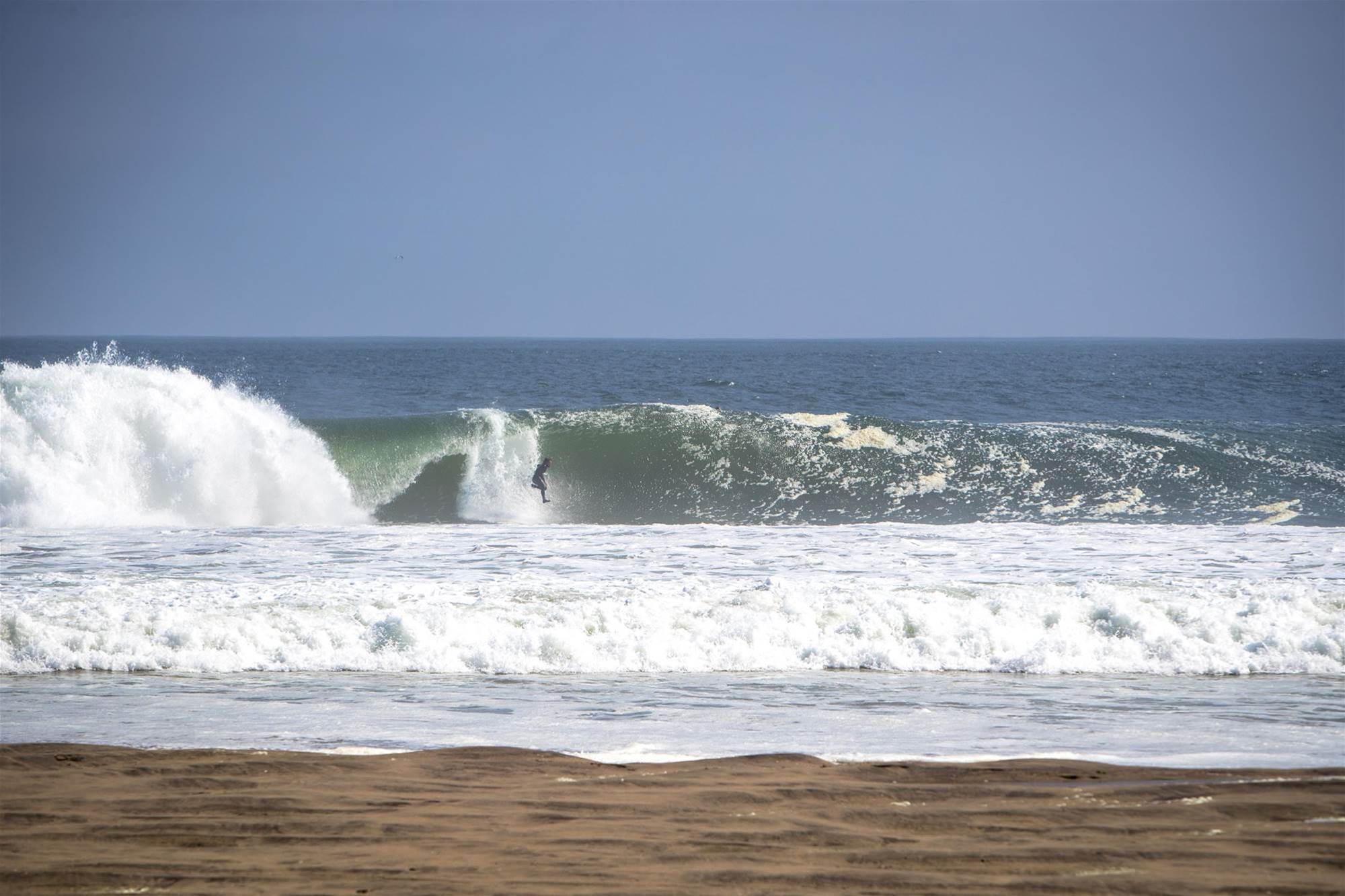
Are there other Skeleton Bays out there? Can we get to them or are they protected by the Diamond Mines?
There are a few other sand points in Namibia, but nothing like Skeleton Bay – not hollow enough and reeling as mechanically. They are also in Diamond areas, which you need to have a concession to get to. The closest version of Skeleton Bay I have seen is in Angola. Slightly longer, but more tame and surfable. Some barrels section, but overall a more mellow version.
‘Mirage’ – The ever-changing story of Skeleton Bay was written and directed by Will Bendix ( @will.bendix ) and I ( @alanvangysen ) and produced by ( @nownowmedia ) filmed and edited by Calvin Thompson ( @calvinthompson_films ) with an incredible amount of support from the surfers in the film and many filmers thanked and mentioned at the end of the film. Without them we wouldn’t have been able to produce the quality we wanted

